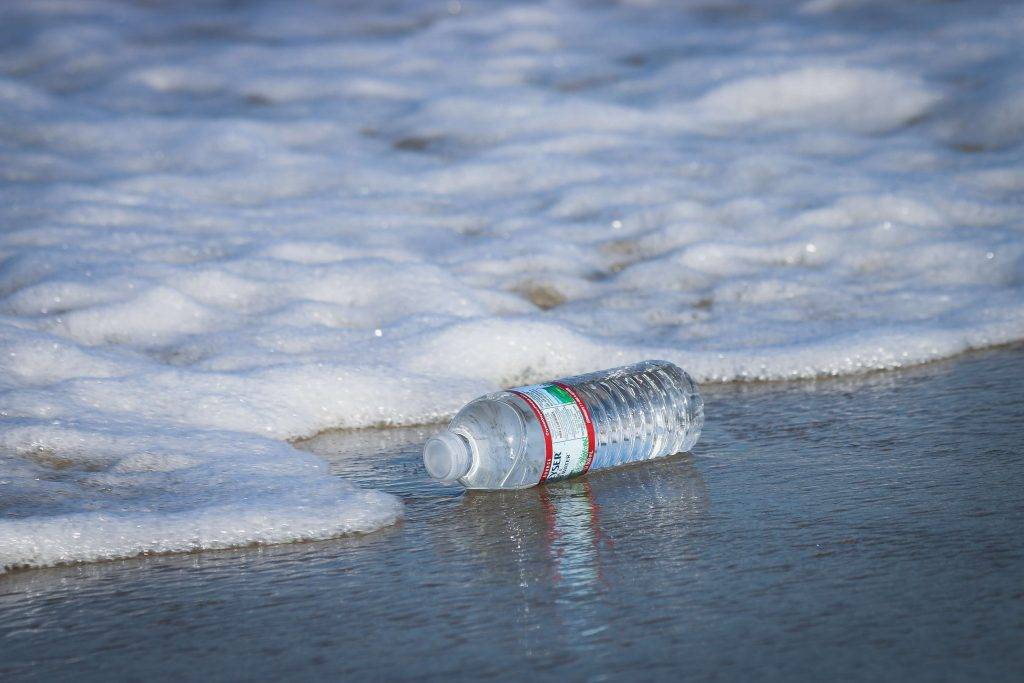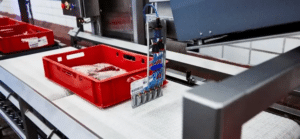While we have so many bottled water choices at our grocery stores, one might think the clean water crisis is not really affecting us, as we live on a planet that is covered by nearly 70% pure water.
But out of that amount of water, only 2.5 percent is fresh, and the rest is saline and ocean-based, in other words, not good for humans to use.
What’s even more surprising is that just 1 percent of all freshwater is easily accessible, with much of it trapped in glaciers and snowfields.
So if you have clean water coming out of the tap above your sink, it doesn’t mean it’s like that everywhere, and you should consider yourself very lucky.
To put salt in the wound, the daily commercial practices of humans (such as selling a variety of bottled water in developed countries) really make everything worse.
What causes this issue?
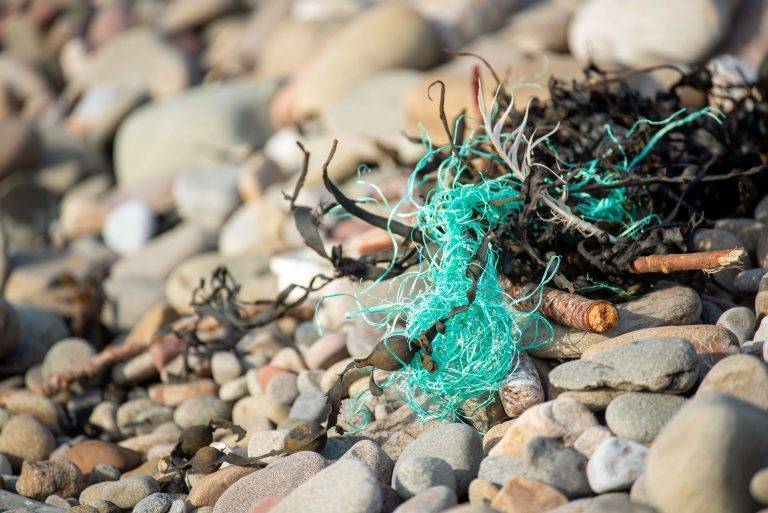
Source: Unsplash
The main causes of the clean water crisis are global population growth, the use of water in agriculture (70% of global water usage is in agriculture), poverty, poor water management, and political instability.
Not to forget the water pollution created by unsustainable and simply bad fishing practices in the sea.
A report of 2019 found that dumped fishing gear is the biggest plastic polluter in the ocean, and the processing of fish and sea products oftentimes uses way more water and leaves a lot of waste, chemicals, and pesticides behind in favor of cheaper baseline pricing of the products.
All of this in turn contaminates the area and impacts marine life, making clean water sources that much less accessible for filtering and usage for drinking and sanitation.
Solutions to clean water crisis
With such a dire picture you might think – but what can my business do to help solve this? This is such a big problem, and I as a simple business owner or even an individual cannot do anything to change it.
Here’s where you might be wrong – every organization and every person can help in the fight against this freshwater shortage by following these simple tips.
How can businesses help solve the clean water crisis?
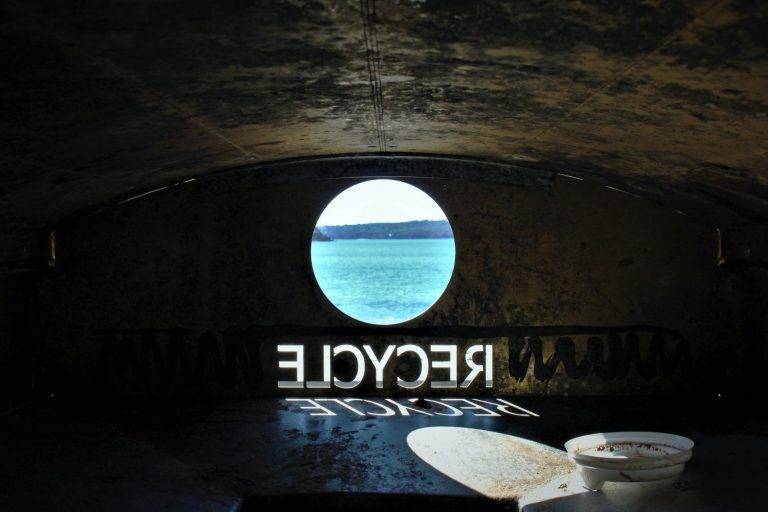
Source: Unsplash
1. Automate processes to save water
If you’re running a business where at any point of the production water is needed, this is the time to rethink how much of it you really need, and how you could automate the processes to save water instead.
For example, there are too many fish and food processing solutions with technologies that use a lot of water in the production lines.
Oftentimes water is used for a simple function of moving produce, such as fish, through the line from one point to the other, which the high-tech food processing & intralogistics creator PERUZA has proven can easily be replaced by automating the process with mechanical brushes instead of water.
As sustainable manufacturing becomes more important, given the increasing severity of water scarcity, there is a great need for process automation that could save water previously wasted in the industry.
Simply look at your business processes and see if you can find where water used could be replaced by other types of processes, and quite possibly even save money while automating your business line.
2. Educate your employees and local communities on the issue
The biggest weapon you can use in this fight against the water crisis is education, as the more people know about the problem, the more they can get involved in creating and using innovative solutions.
Informing your employees or communities doesn’t have to be hard. You can simply share this blog post with them by sending a company-wide email explaining why this is important to you as a business.
You can print out simple signs reminding employees to conserve water by closing the tap when soaping up their hands, and place these posters in the restrooms.
You can also give out reusable water bottles made from glass or stainless steel, so that your employees and community members would use less plastic, and maybe even make your business more recognizable by printing your company name on the bottles.
Try and think of simple ways your organization could easily learn about this issue and collectively come up with solutions that fit your business model.
3. Recycle wastewater wherever possible
Another thing you can do is to try and think about how and where you could recycle and reuse wastewater.
You can directly reuse wastewater that is clean enough for the purpose for which it is being reused. Process water is produced by industrial processes such as cooling and heating and often contains very few contaminants after use. In almost any industry, both rainwater and process water can be reused for purposes such as irrigation, washing, pH adjustment, fire protection, and more.
These solutions don’t have to be expensive, and you must always think about the long-term benefits of helping the crisis that certainly outweigh the short-term finances needed to make these changes.
Not to forget that reusing wastewater can significantly reduce your water bills.
So look into the modification of current operations and reach out to specialized companies for help on how to refine, filter, and disinfect water that has been used in production and otherwise would end up in the sewage system, or even worse, the local water bodies.
How can individuals help solve the clean water crisis?
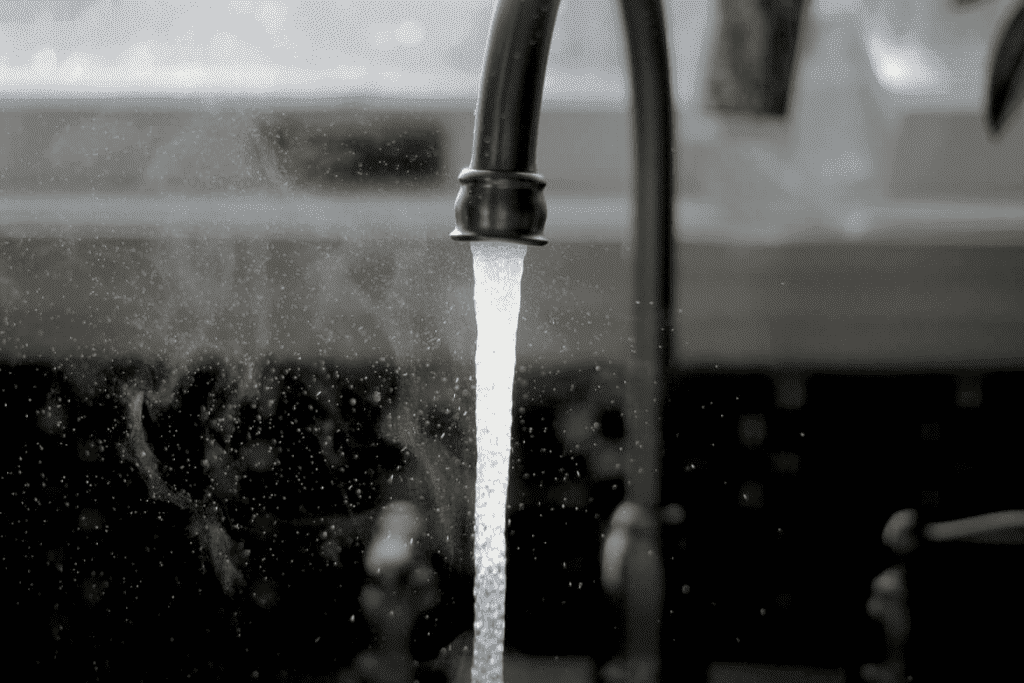
Source: Unsplash
1. Use water filters and reusable bottles
For individuals in any developed country, it is so simple and inviting to just buy bottled water from the grocery store to always have fresh, drinkable water at home.
But the effects it leaves on the planet are heartbreaking – plastic bottles generate more plastic waste and create a massive demand for companies to boost up the pricing of water, making the gap between accessible water and water insecurity that much bigger in developing countries and lower-income households.
You can change this around by purchasing a water filter. There are so many types of them – ones that can be added directly to your tap, or ones that can collect the water from the tap and filter it through special filters in the cup.
Purchasing a reusable water bottle made from stainless steel or glass would also help greatly to this global problem. And this is also a great way to increase and monitor your daily water intake if that’s something you’re hoping to do.
There are really so many options out there from filters to reusable bottles that you really have no excuse to purchase more bottled water in the future – look into what would suit your needs and budget best and enjoy helping the world!
2. Conserve water while doing daily tasks
One of the easy ways to conserve water is to close the tap while soaping up your hands. Turns out that by simply closing the tap for those 20 seconds you can save 20 to 40 liters of water per day. That’s you personally saving 14’600 liters of water per year – talk about modern-day superheroes!
The same goes for closing the tap while brushing your teeth, cooking, or soaping up the dishes – any task that takes way more than 20 seconds – imagine how much water you alone can save. Not to mention, how great it is if the whole household takes on this challenge and saves the water together.
The ways to conserve water described above are so simple to do, yet have such a big impact on the clean water issue, we hope you’ll start applying them today!
3. Take showers smarter
Although habits can help save more water than hardware, it is important to mention that showerheads installed before 1992 can pump as much as 31 liters of water per minute.
If your house still has one of those oldies, take five minutes to install an inexpensive low-flow version. These emit less than 8 liters of water per minute and no, you won’t even notice the difference.
The average shower uses about 15 liters of water; the average bath uses 190 – so even if you shower 12 times a day, you’ll save more water than if you took one bath.
And an even better way to save water is to take shorter showers, or the so-called “navy showers”, where you turn the water off each time you soap or shampoo up.
While there is no scientific proof that showering together saves a lot of water, it sure can be helpful for you and your significant other to regain trust and closeness at a new level, so feel free to try this out as well in the name of saving the planet.
Final thoughts
We hope you found these tips helpful and will implement some of them into your business or personal life.
Although the clean water crisis is a major global issue that requires everyone’s attention and cooperation, it is important to remember that you as a business owner or an individual do have the power to change things around and help those affected by this crisis on the other side of the planet.
Feel free to share this post with your family, community, employees, and coworkers to spread the word on how easy it is to help more people access the freshwater they so desperately need.

